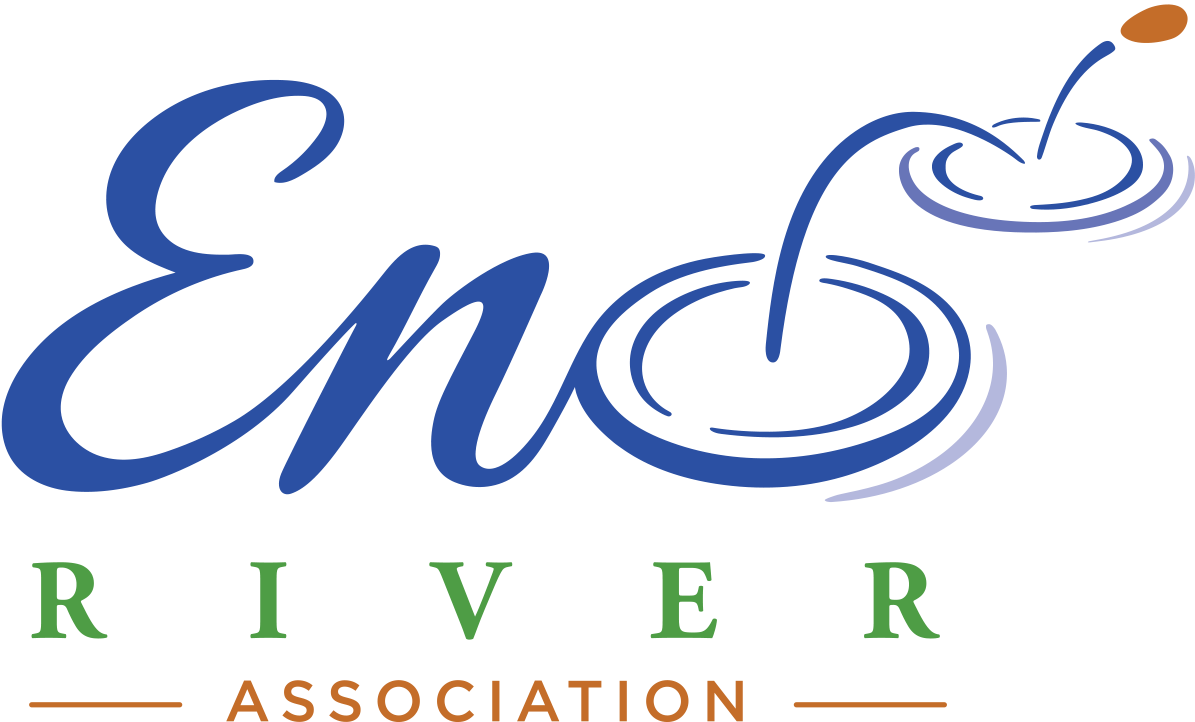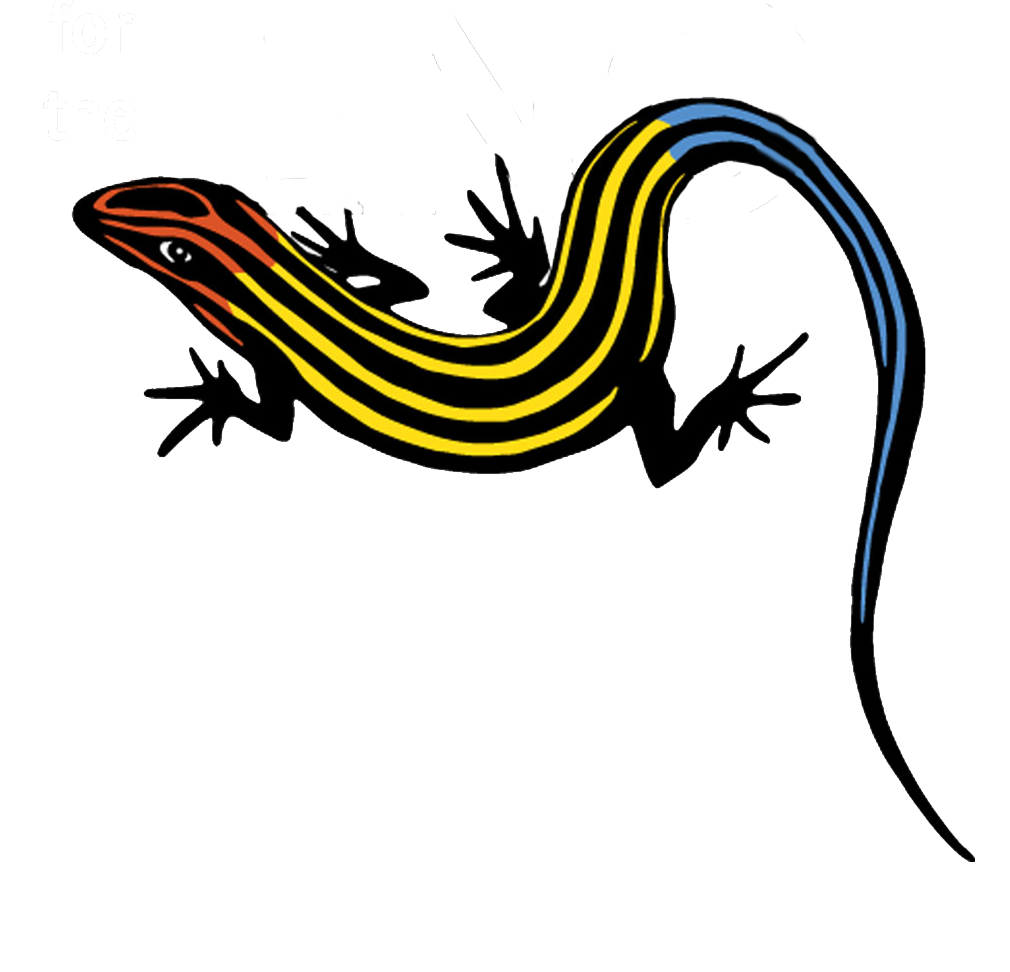ENO Journal
Volume 4, No. 2
1976
John Lederer has been called a “travel-liar,” but it is nonetheless likely that he journeyed down the Trading Path and met with the Occaneechi, Eno and Shocco Indians. He was commissioned by Gov. Berkeley to find a trade route to the Orient; instead he found a lucre : ve path through the Piedmont for furs.
The fourteenth of June, pursuing a south-south-west course, sometimes by a beaten path, and sometimes over hills and rocks, I was forc’d to take up my quarters in the woods: for though the Oenock-Indians: whom I then sought, were not in a direct line above thirty odde miles distant from Akenatzy, yet the ways were such, and obliged me to go so far about, that I reached not Oenock until the sixteenth. The country here, by the industry of these Indians, is very open, and clear of wood. Their town is built round a field, where in their sports they exercise with so much labour and violence, and in so great numbers, that I have seen the ground wet with the sweat that dropped from their bodies: their chief recreation is slinging of stones. They are of mean stature and courage, covetous and thievish, industrious to earn a peny; and therefore hire themselves out to their neighbours, who employ them as carryers or porters. They plant abundance of grain, reap three crops in a summer, and out of their granary supply all the adjacent parts. These and the mountain-Indians build not their houses of bark, but of watling and plaister. In summer, the heat of the weather makes them chusc to lie abroad in the night under thin arbours of wild palm. Some houses they have of reed and bark; they build them generally round: to each house belongs a little hovel made like an oven, where they If up their corn and mast, and keep it dry. They parch their nuts and acorns er the fire, to take away their rank oyliness; which afterwards pressed, ye” a milky liquor, and the orns an amber-colour’d oyl. In these, mingled together, they dip their cz at great entertainments, and so serve them up to their guests as an extraordinary dainty. Their government is democratick; and the sentences of their old men are received as laws, or rather oracles, by them.
Fourts -i miles west-southwest of the Oenocks, dwell the Shackory-Indians . . .
From The Discoveries of John Lederer in three several Marches from Virginia, to the West of Carolina, And other parts of the Continent:
Begun in March 1669, and ended in September 1670.
Two years later, Lederer added this further observation about the: Oenocks:
An account of Time and other things, they keep on a string or leather thong tied in knots of several colours. I took particular notice of small Wheels serving for this purpose among the Oenocks, because I have heard that the Mexicans use the same.
From Of theManners and Customs of the Indians inhabiting the Western parts of Carolina and Virginia, 1672.
-William P. Cumming, ed., The Discoveries of John Lederer, 1958


